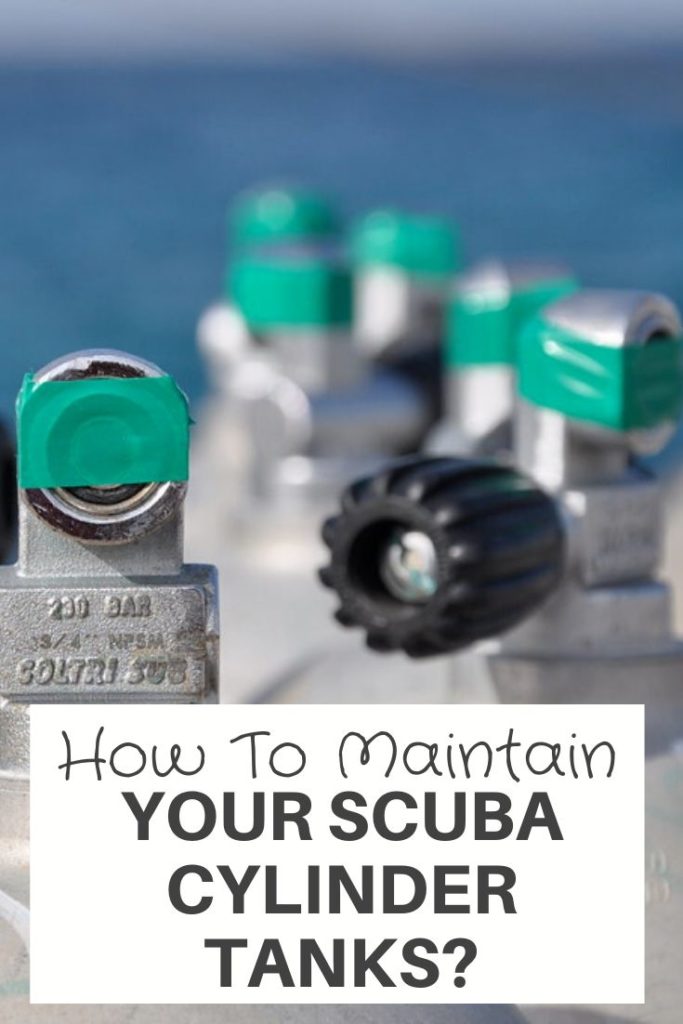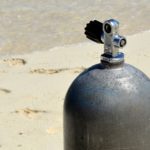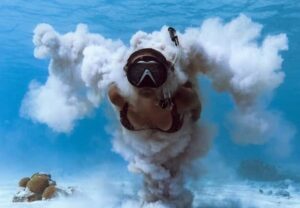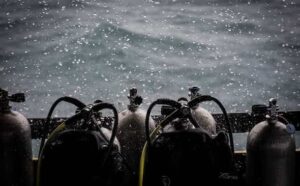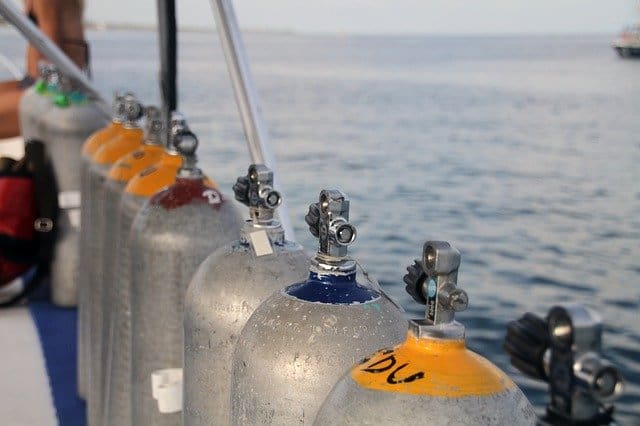
The scuba diving tanks are a critical part of equipment for scuba divers. Often the scuba cylinder tanks are overlooked and there seems to be less focus on the maintenance scuba cylinder tanks comparing to wetsuits, BCDs, and regulators
Without proper maintenance or caring for the scuba cylinder tanks, divers can risk getting severely injured. Scuba cylinder tanks are filled with compressed air, that the diver uses to breathe underwater and to in flat their BCDs.
This makes scuba cylinder tanks one of the essential parts of ensuring scuba divers dive safely. This is because of the additional amounts of oxygen and hydrogen contained in scuba cylinder tanks. Scuba cylinders still need to be inspected to ensure that it is in proper working order.
In this post, we will go through how to maintain your scuba cylinder tanks. Let’s get started!
Read more on common questions asked by divers
How To Maintain Your Scuba Cylinder Tanks?
The scuba cylinder tanks one of the essential parts of ensuring scuba divers dive safely. That is why it is important to take care of the scuba cylinder tanks. Here are a few tips to maintain your scuba tanks.
Do Visual Checks
First, you need to do a visual check. This involves visual checking whether there is any damage or corrosion on your scuba cylinder tanks, especially if you have not used them for a while.
Take your scuba cylinder tanks to any nearby re-test stations for hydro testing if you find even the slightest evidence of damage and corrosion. If possible, ask for help from experts such as any qualified visual cylinder inspectors when visually checking on your scuba cylinder tanks.
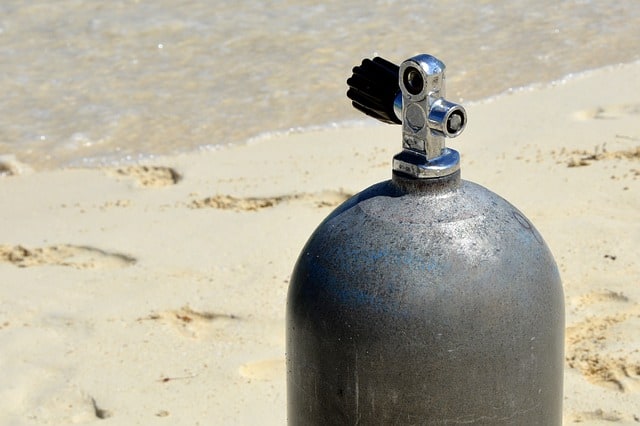
Hearing Hissing Sounds
Never fill in your scuba cylinder tanks if you hear hissing sounds, these sounds mean the tanks are leaking. If you are in the middle of filling in your scuba cylinder tanks, immediately stop when you hear this sound.
Then, get help from reputable scuba air stations.
Do Air Checks
It is wise to have air checks before filling in the scuba cylinder tanks and closing those tanks. Make sure you don’t fill in too full so you can “breathe” underwater or don’t ever empty a tank completely as this can condensation to build up.
Don’t forget about the valves as well here, valves’ placements are important to make sure your scuba cylinder tanks don’t explode when you go underwater.
Store Tank Cylinders In A Cool
You need to keep the tank cylinders out of direct sunlight, and away from heat as this can kill your gas cylinder. You need to them standing in a cool, dry place where they can’t get knocked over.

Careful Handling
Always be careful when moving and handling the scuba tanks as been careless may and will cause dents and gouges on and in the tank.
This will over time reduce the life span of the scuba tank cylinder and can cause corrosion of the metal as well as weaken the cylinder.
Capping Your Cylinder
Capping your scuba cylinder tanks is also helpful to prevent moisture and dirt built up. As with your scuba cylinder tanks, it is important to store your caps in cool, dry places, such as in wooden boxes.
Pay attention to the wooden boxes’ qualities as well so you can be sure the caps of your scuba cylinder tanks don’t get damaged.
Wrapping Up
Finally, the scuba diving cylinders are an important part of your scuba equipment, and they need to be maintained. This is for your safety. These are only a few basic tips to maintain your scuba cylinder tanks but by applying these tips and maintaining and servicing, you will get many years of diving with the tanks.
And that’s it for now! I’d love to know if this guide on how to maintain your scuba cylinder tanks has helped you. Let me know if you have any questions and let me know if there is more to add.
Did you enjoy this post? Then don’t forget to pin it!
